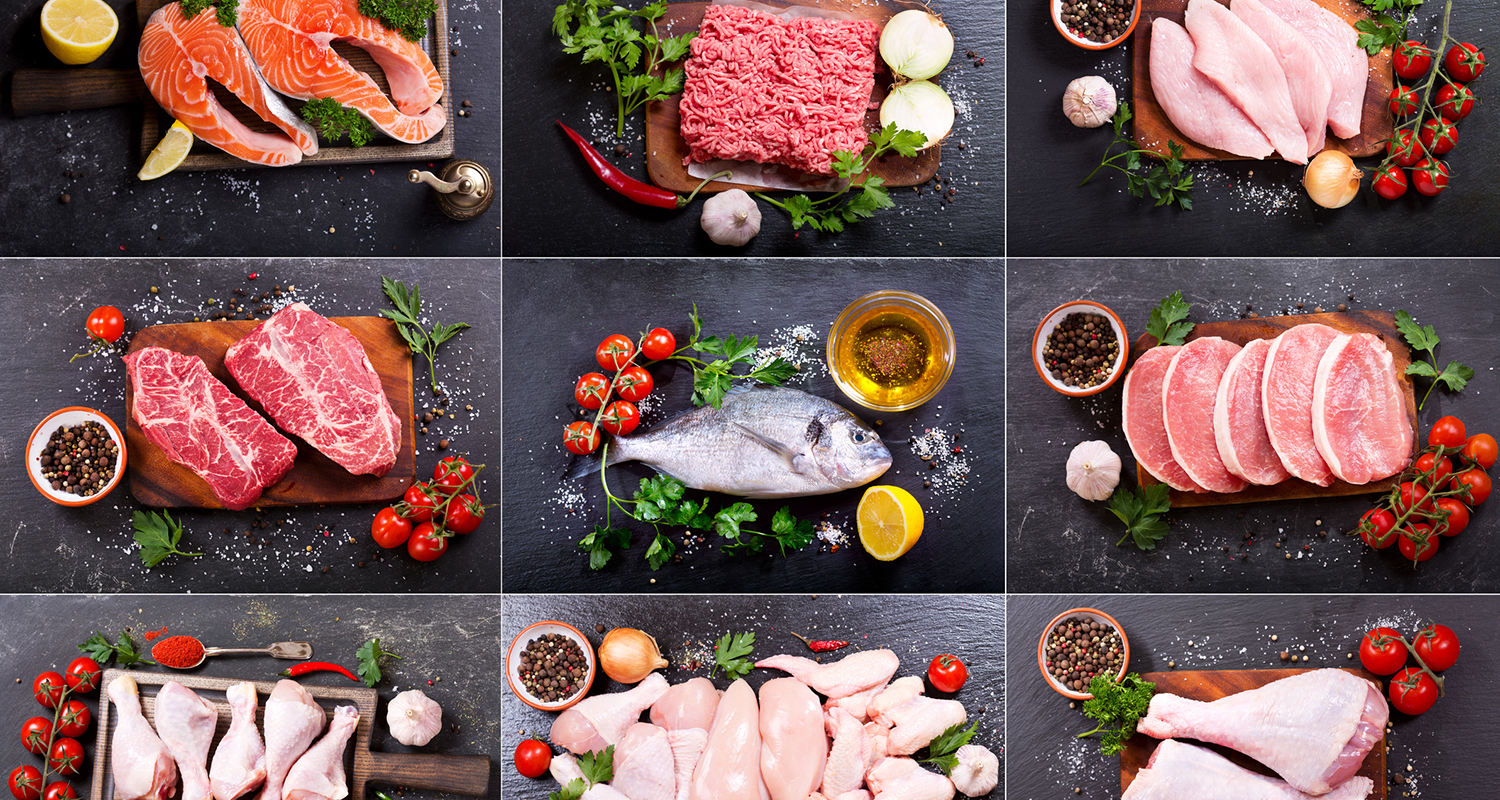As we embark on this carnivorous expedition, we’ll be exploring the ins, outs, goods, bads, and juicy meaty middles of an all-beef, buffalo, and bacon diet. Ladies and gents, fasten your rib-eye belts. We’re talking about (drumroll, please…) the Carnivore Diet.
What on Earth is the Carnivore Diet?
Pretend we’ve hopped in the DeLorean, and we’re cruising back to the Stone Age, a time when gathering crops was a notion as alien as using a smartphone. The Carnivore Diet channels your inner caveman, shouting, “Vegetables? What are those? Pass me that mammoth steak will ya!” Yes, the Carnivore Diet lives up to its name, it’s all about eating meat and fish, and then, eating some more meat and fish.
But, why would anyone dream of such a diet?
The surge of fascination in the Carnivore Diet isn’t just the result of a global meat-loving conspiracy. Advocates claim this diet helps shed weight, boost energy, and resolve a variety of health issues. Their reasoning? Consuming a diet that’s high in animal nutrients and devoid of plant toxins will heal the body on a cellular level. Sounds intriguing, right? But let’s take a peek at the science behind it before you toss away your salads.
The science behind the Carnivore Mantra
Research into the Carnivore Diet is still in its fledgling stage. Some initial studies hint at possible benefits such as reduced inflammation and improved mental health. But critics counter that cutting out vegetables and fruit eliminates vital phytonutrients and fiber. Moreover, a diet solely based on red meat could increase your risk of heart disease. Remember folks, it’s always wise to consult your healthcare provider before embarking on an uncharted dietary journey.
How to munch your way through the Carnivore Diet
If you decide to go full carnivore, your grocery list will, unsurprisingly, ooze protein. You’ll want beef, poultry, pork, fish, and seafood at the heart of your meals. Eggs, high-fat dairy, and organ meats are commendable additions. Remember, veggies and fruits don’t cry “meat,” so they’re off the table (quite literally). Grains, legumes, nuts, seeds, sugars, and most beverages, also fail to meet the carnivore criterion.
Turning Cave(wo)man: What to Expect
The transition from a balanced diet to a carnivorous one can be, to say but the least, a bit rough. Your body initially may rebel against the change. Common temporary side-effects include fatigue, headaches, and digestive upsets. However, there’s a silver lining. According to staunch meat-eaters, these discomforts vanish as your body adapts to its new meat-rich environment.
Oops! Stumbled upon a bone? The downsides…
While some swear by the benefits of the Carnivore Diet, others raise their eyebrows and their concerns. Critics argue the exclusion of fruits and vegetables could lead to deficiencies in essential nutrients. Plus, high intakes of red meat may raise your cholesterol and increase risks of certain cancers. Moreover, be prepared for a potentially hefty grocery bill. Quality meat tends to lean on the expensive side.
Should you go Carnivore?
Before you rule out Brussels sprouts and bid adieu to apples, consider your health, lifestyle, and budget. While some thrive on the Carnivore Diet, others may find this restrictive diet challenging. So whether you’re munching on a steak or crunching on a carrot, remember, your diet should leave you feeling fit, fantastic, and fueled up for all life’s adventures.
